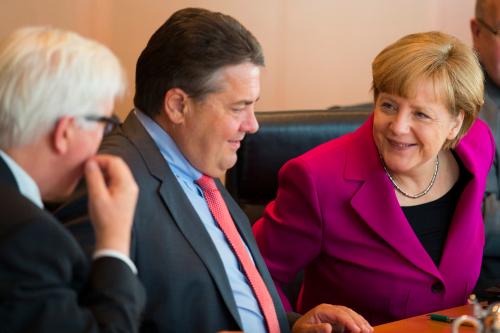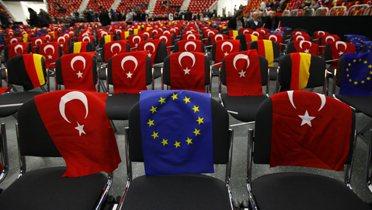Over the last decade, the European Union’s major military powers have increasingly collaborated to build a more integrated and technologically advanced defense industry. In Germany, for example, the air force’s modernization program includes the Eurofighter Typhoon ground attack combat aircraft, which is equipped with Taurus stand-off missiles for high-precision attack. In France, the A400M transport aircraft, the revamped Tiger attack helicopter, and the Scalp sea-launched land attack cruise missile are major components of the military’s procurement program. And Britain’s modernization program includes the Boxer armored utility vehicle, COBRA counter-battery radar system, and Storm Shadow air-to-surface missile. All of these weapons are being developed and produced in collaboration with other European defense companies. In some areas such as missiles, research and development occur almost exclusively at the European level through the transnational European firm MBDA. The European Union’s establishment in 2004 of a European Defense Agency to coordinate procurement programs has further increased the prospect of an integrated European defense market.
Many American defense experts roll their eyes at the prospect of European military cooperation and consider it more fiction than fact. While some of this skepticism is justified, a substantial amount of quantitative and qualitative data shows that European defense firms are increasingly collaborating with each other rather than the United States. This is a striking development. Even more important is to understand why this development is occurring. As the chief executive officers of Europe’s three largest defense firms—BAE Systems, EADS, and Thales—recently argued: “Industry in Europe is under enormous competitive pressure from the United States. With U.S. defense R&T investment running at around eight times that of Europe’s fragmented total and with substantial growth in the Pentagon’s vast procurement budget in a heavily protected national market, American industries are reaching new heights.” They continue that intra-European defense consolidation is critical because European governments and industry do not “wish to see indigenous defense technology overtaken or dependence on foreign technologies become a necessity.2







